
views
Trimming Sage Plants
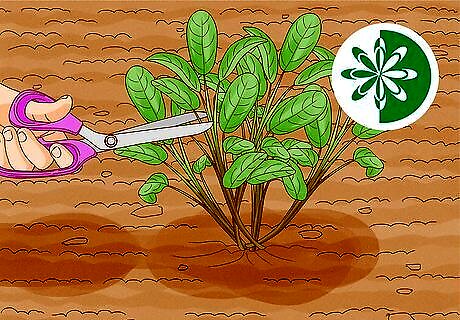
Prune sage in the springtime. It is not advisable to prune sage during the fall or winter. Pruning will make way for tender new growth that will be vulnerable to the cold and may be damaged or killed. Trim your sage plants in the springtime instead, just as new leaves begin to emerge. Live woody stems can easily be mistaken for dead stems if they are pruned too early, so it is best to wait until some new growth emerges before starting.
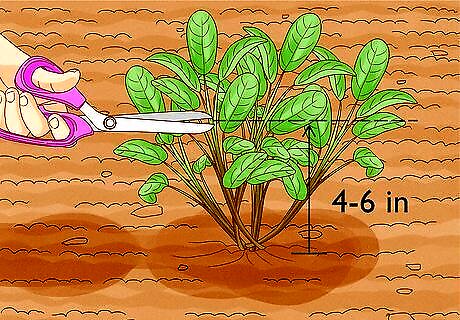
Cut stems so they are at least 4–6 inches (10–15 cm) from the ground. Use sharp scissors or garden shears to cut back the stems on your sage plant, just above new growth. Plants that are allowed to grow tall will likely fall over and their bottom leaves will be damaged. Make sure that there are still shoots on the remaining stems, and trim them less to ensure this if necessary. Trim back half of the plant to ensure rejuvenation.
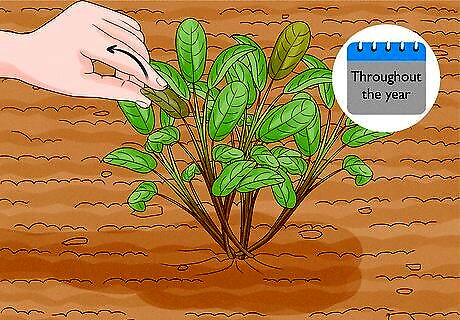
Remove spent leaves throughout the year. You can perform basic maintenance on your sage plants all year round by removing dead or dying leaves as you see them. Gently pinch and pull away leaves that are yellow in hue, shrunken, or dried up. If necessary, use scissors or pruners to cut the stems and remove dead leaves.
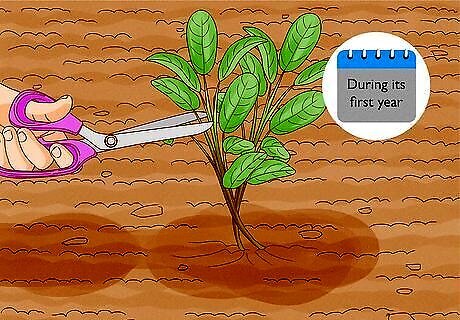
Prune your sage plant lightly during its first year to ensure that it grows fully. Young, growing sage plants can be vulnerable to damage if over-trimmed. During its first year, focus mostly on removing damaged or spent leaves. Be conservative about cutting away branches in the spring to ensure the plant's strength during colder seasons.
Harvesting Sage Leaves
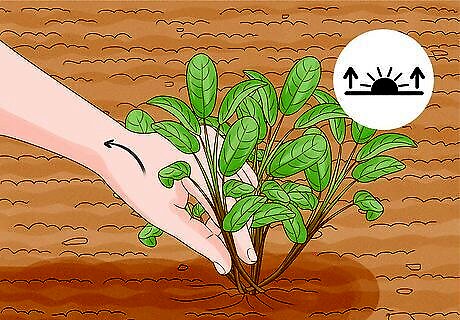
Gently pull leaves off of the stem. It's generally recommended that you start your sage harvest in the morning. To do so, pinch the bottom of each sage leaf between your thumb and forefinger. Gently pull the leaf until it detaches from the stem. This should be a clean break that doesn't injure the stem. Sage leaves can be harvested as you need them throughout the year. Separate dry, dead, or yellow leaves from the healthy leaves you plan to keep.
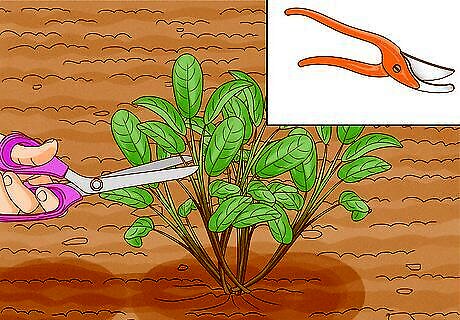
Use scissors or garden shears if you can't remove the leaves easily. Sage is a woody herb and its stems can sometimes be tough. If leaves can't be plucked easily from the plant, remove them using small, sharp scissors, herb scissors, or a pair of gardening shears. Cut the stems just below the leaves with clean, even cuts. Be sure to use sharp scissor or pruners to avoid damaging or crushing the stems of the plant.
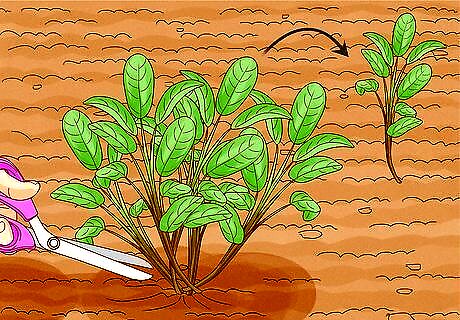
Trim whole stems if you are harvesting larger amounts of sage. To harvest sage in bulk, it is more efficient to remove full stems with the leaves still attached. Cut stems about 3–5 inches (7.6–12.7 cm) below their tips. Grasp the stems with your thumb and forefinger and use sharp scissors or gardening shears to make each cut. Remove any dead or damaged leaves that you see as you harvest the sage stems so that your kitchen herbs are as healthy as possible. You can store sage stems and pluck individual leaves as you need them. Sage stems can also be re-planted to propagate new growth.
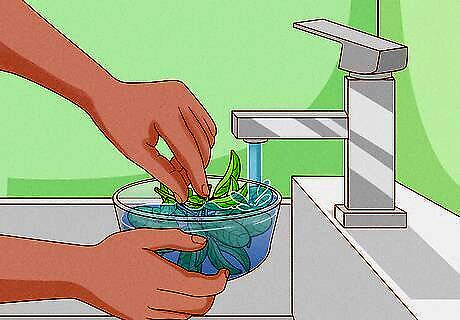
Rinse and dry off your sage leaves thoroughly before using them. Place your sage leaves in a colander and put it in the sink. Rinse the leaves thoroughly with cold water. Place them between two paper towels to dry them.

Use fresh sage leaves within a week of harvesting them. It is preferable to add freshly-picked sage leaves to your recipes right after you cut them. Sage adds great flavor to meats, stews and stuffing, and can be brewed to make medicinal tea. Dispose of sage leaves after a week if you have not used them. Note that sage is a potent herb, so a small amount will add a lot of flavor to your dishes.
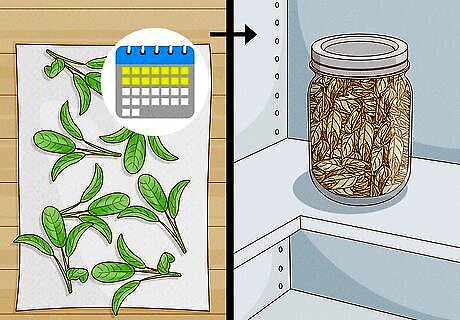
Dry sage leaves for 2 weeks and store them in airtight containers. If you want to dry sage, hang up the stems or lay the leaves out on a paper towel to dry in a cool place with little humidity. Let them sit for 2-3 weeks. Once they are dry, place them in an airtight container and store them in a dark place out of the light. Once your sage leaves are dried, they can be crushed easily with your hands if you wish to store them that way. Dried sage is stronger in flavor than fresh sage, so use it conservatively to avoid over-seasoning your meals.


















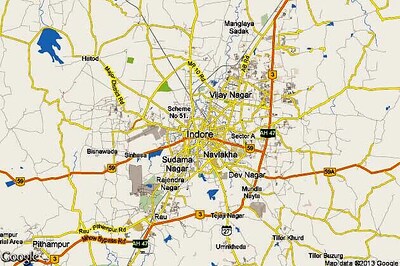

Comments
0 comment